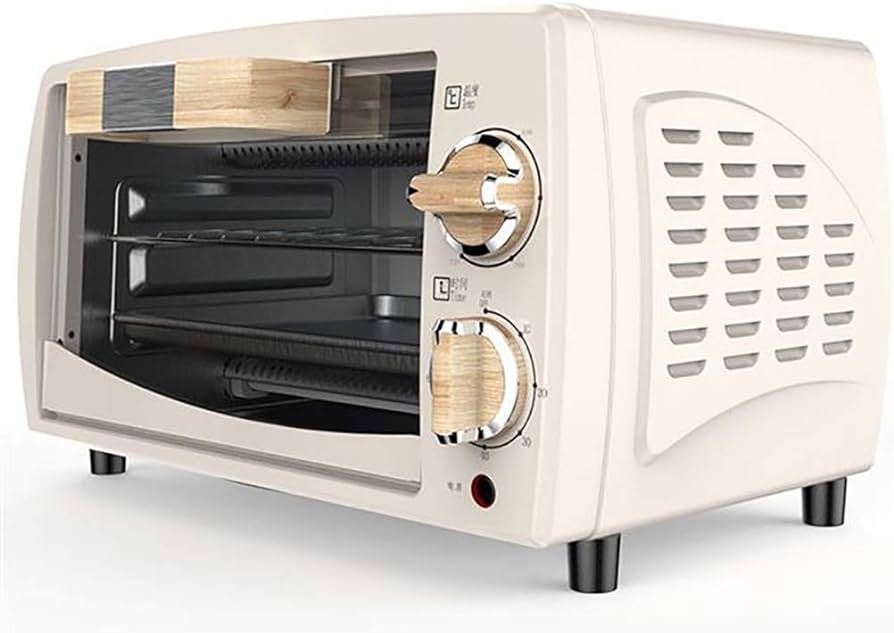Introduction:
Electric and gas ovens are two common types of kitchen appliances used for baking and cooking. One common question that arises is whether electric ovens use gas as a fuel source. In this article, we will explore the differences between electric and gas ovens and clarify the fuel sources used by each type. We will discuss the working principles, components, advantages, and considerations of electric ovens specifically. By understanding the fuel source and inner workings of electric ovens, users can make informed decisions when choosing the right oven for their culinary needs.

Do electric ovens use gas?
The Difference Between Electric and Gas Ovens:
a. Electric Ovens: Electric ovens utilize electricity as the primary fuel source for generating heat. They rely on heating elements, located at the top and/or bottom of the oven, to produce heat for baking and cooking.
b. Gas Ovens: Gas ovens, on the other hand, use natural gas or propane as the fuel source. They have a gas burner located at the bottom of the oven, which ignites and heats up to provide the necessary cooking temperature.
Working Principles of Electric Ovens:
a. Heating Elements: Electric ovens feature heating elements, typically made of metal alloys such as nichrome or copper, that convert electrical energy into heat energy. These elements become hot when an electric current passes through them.
b. Radiant Heat: The heating elements in electric ovens radiate heat, which directly warms the food and the surrounding oven cavity. This radiant heat is responsible for cooking and baking the food.
c. Convection: Some electric ovens may also include a convection fan. This fan circulates the heated air within the oven cavity, ensuring even cooking by distributing the heat more efficiently.
Basic Components of Electric Ovens:
a. Oven Cavity: The oven cavity is the main chamber where the baking and cooking take place. It is typically made of a heat-resistant material such as stainless steel and is designed to withstand high temperatures.
b. Heating Elements: Electric ovens have one or more heating elements located within the oven cavity. These elements generate heat when electricity passes through them, providing the necessary cooking temperature.
c. Temperature Control: Electric ovens are equipped with a thermostat that allows users to set and adjust the desired cooking temperature. The thermostat regulates the electrical current flowing to the heating elements to achieve and maintain the specified temperature.
d. Oven Racks: Electric ovens come with adjustable racks that can be positioned at different levels within the oven cavity. This flexibility allows for multi-level cooking and accommodates different dish sizes and cooking requirements.
e. Control Panel: The control panel is where users can select the desired temperature, cooking mode, and other settings. Modern electric ovens often feature digital displays and touch controls for easy operation.
Advantages of Electric Ovens:
a. Ease of Use: Electric ovens are generally easy to operate, as they only require the user to set the desired temperature and cooking time. The heating elements provide consistent and reliable heat for cooking.
b. Precise Temperature Control: Electric ovens offer precise temperature control, allowing users to set and maintain specific cooking temperatures. This precision ensures accurate and reliable cooking results.
c. Even Cooking: The combination of radiant heat and, in some cases, convection in electric ovens ensures even cooking throughout the oven cavity. This helps prevent hot spots and ensures consistent results.
d. Baking Performance: Electric ovens are particularly well-suited for baking due to their steady and consistent heat distribution. The radiant heat produced by the heating elements provides a stable environment for rising dough and achieving desirable browning and texture.
e. Energy Efficiency: Electric ovens are generally more energy-efficient than gas ovens. The heating elements heat up quickly and efficiently, and they require less time to reach the desired cooking temperature compared to gas ovens.
f. Safety: Electric ovens do not produce an open flame or release potentially harmful gases during operation. This makes them a safer option, particularly in households with children or in enclosed spaces.
Considerations for Electric Ovens:
a. Energy Cost: While electric ovens are generally more energy-efficient, electricity costs may vary depending on the region and utility providers. It is important to consider the overall energy cost when using electric appliances.
b. Cooking Times: Electric ovens may require longer cooking times compared to gas ovens. This is because the heating elements need time to reach the desired temperature and transfer heat to the food.
c. Impact of Power Outages: Electric ovens are dependent on a steady supply of electricity. Power outages or electrical issues can disrupt the cooking process and may require alternative cooking methods.
d. Cooking with Gas Appliances: If other appliances in the kitchen, such as a gas stove or a gas-powered range, use natural gas, it may be more convenient to have a gas oven to maintain a consistent fuel source.
Conclusion:
Electric ovens utilize electricity as their primary fuel source, converting it into heat energy through heating elements. These ovens provide precise temperature control, even cooking, and are well-suited for baking. They offer advantages such as ease of use, energy efficiency, and safety. While electric ovens require longer cooking times and may be affected by power outages, they remain a popular choice for households and commercial kitchens alike. Understanding the fuel source and inner workings of electric ovens allows users to appreciate their functionality and make informed decisions when selecting the right oven for their cooking needs.




